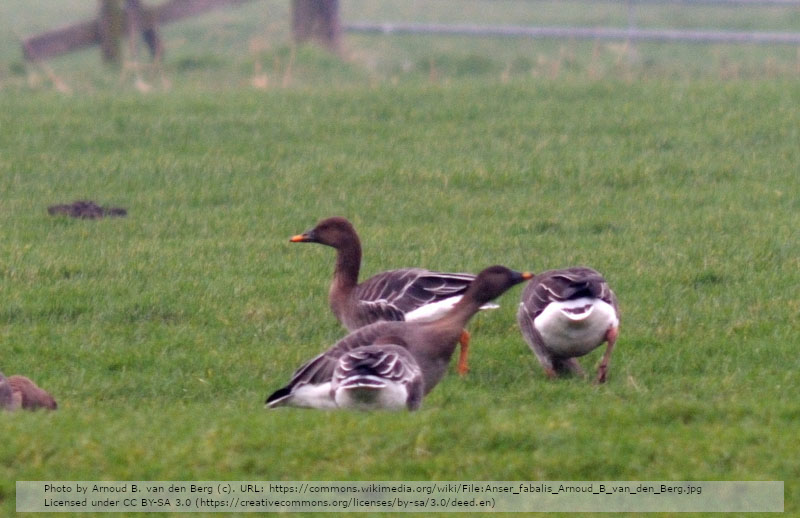Rastande och övervintrande taigasädgäss Anser fabalis fabalis i Nordostskåne
DOI:
https://doi.org/10.34080/os.v24.22560Nyckelord:
populationsstudier, vinterekologi, migration, underarterAbstract
In the municipalities of Bromölla and Kristianstad, south Sweden, monthly counts of Bean Geese have been carried out during October–March/April since November 1976. The seasonal peak count was up to 1987/1988 recorded in March, during the following six seasons in January, and from 1994/1995 onwards in November or December. April numbers decreased from more than 5,000 birds in 1977 to hardly any at all from 1997 onwards. Fewer Bean Geese were counted up to the 1986/1987 season than thereafter. In most of the last 25 seasons, the number of Taiga Bean Geese Anser fabalis fabalis in north-east Scania peaked at about 20% of the total Western Palearctic population, with a highest count of 24,000 birds in December 1997. Most or all Bean Geese left north-east Scania during severe winters. Checks of staging bean goose flocks and hunting bags showed that, except for Lake Hammarsjön from 2004/2005 onwards and a few flocks in the other areas, the Tundra Bean Goose Anser serrirostris rossicus was quite rare in the region.
Nedladdningar

Downloads
Publicerad
Referera så här
Nummer
Sektion
Licens
Författaren/författarna innehar copyright för varje enskilt bidrag, men samtliga bidrag är publicerade under en Creative Commons-licens, så att vem som helst kan dela och återanvända bidraget förutsatt att copyright-innehavaren erkänns.







